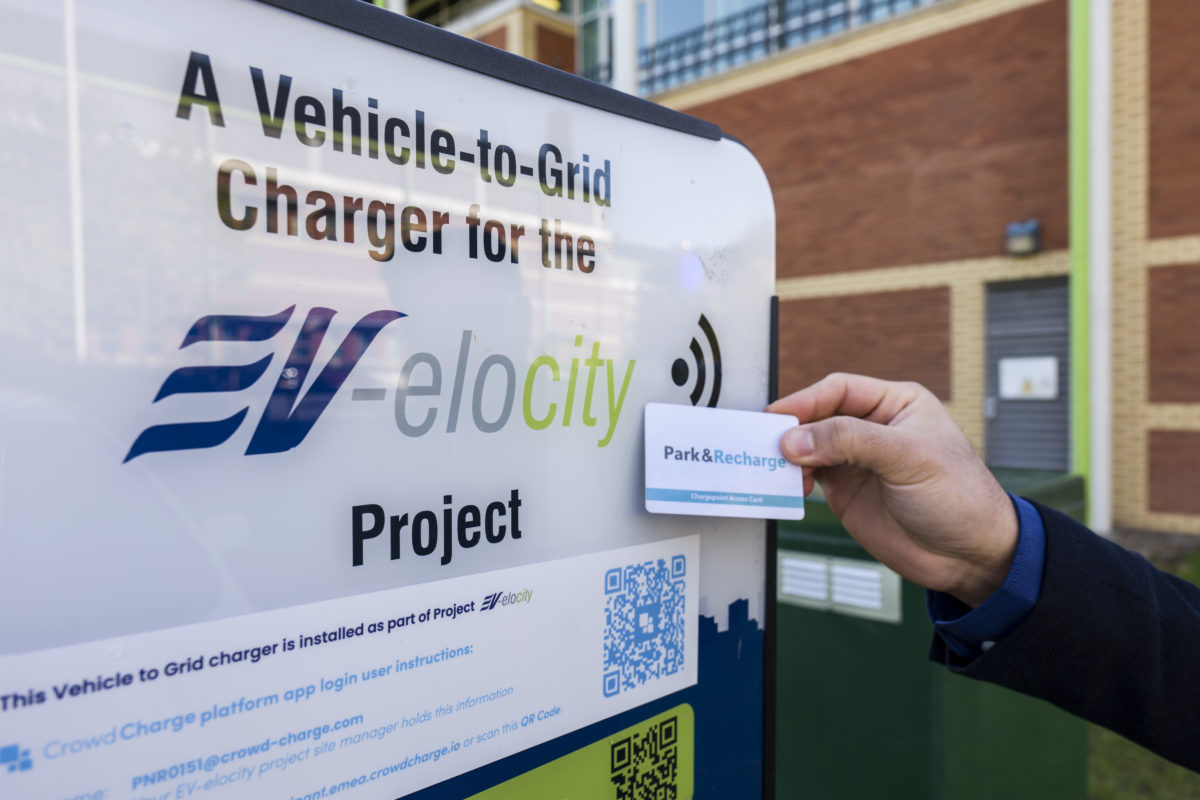
- Categories:
- News
- /
- Project Update
V2G paper assesses predictions of online machine learning
A paper published by University of Nottingham, A. T. Kearney and Cenex assesses the predictions of online machine learning used in Vehicle-to-Grid services.
Online machine learning based on observed behaviour is used to predict the available capacity to charge or discharge from a vehicle fleet at a future time.
In the article, ‘Online Machine Learning of Available Capacity for Vehicle-to-Grid Services during the Coronavirus Pandemic’, the resultant massive and sudden change in vehicle usage patterns in 2020 was used to test the predictions of the algorithm, initially trained using vehicle trip data from 2019, with and without online machine learning.
Chris Rimmer, Energy Infrastructure Lead at Cenex, reviewed the paper and said: “The ability to aggregate EVs providing V2G services is highly dependent on the consistent availability of vehicles near a chargepoint.
“Since this must be predicted ahead of time, the University of Nottingham has been working on predictive models through the Human Switch project which also proved the concept of the EV8 Switch app, recently released freely to the public.
“The Covid-19 pandemic resulted in a significant change to the behaviour of the fleets that we were using to test the modelling, giving an opportunity to test the way in which the machine-learning techniques respond to such a large shift in journey characteristics.
“While we hope that there is never another pandemic like this, this is a proxy for major changes in a fleet such as worker strike, renovation works or electricity network failure.
“The result of the analysis shows that the approaches being developed are able to handle the change reasonably well.”
At the University of Nottingham, where V2G units are installed as part of the EV-elocity project, vehicles that were previously used for catering and estates services were required to support the coronavirus testing facilities on campus and thus the entire fleet was impacted.
Such dramatic change provided a unique opportunity to assess the ability of a predictive tool to adapt to changing conditions—a critical requirement for a successful V2G service.
The article shows that prediction error is significantly reduced using online machine learning and concludes that a similar capability will be of critical importance for commercial services using V2G.